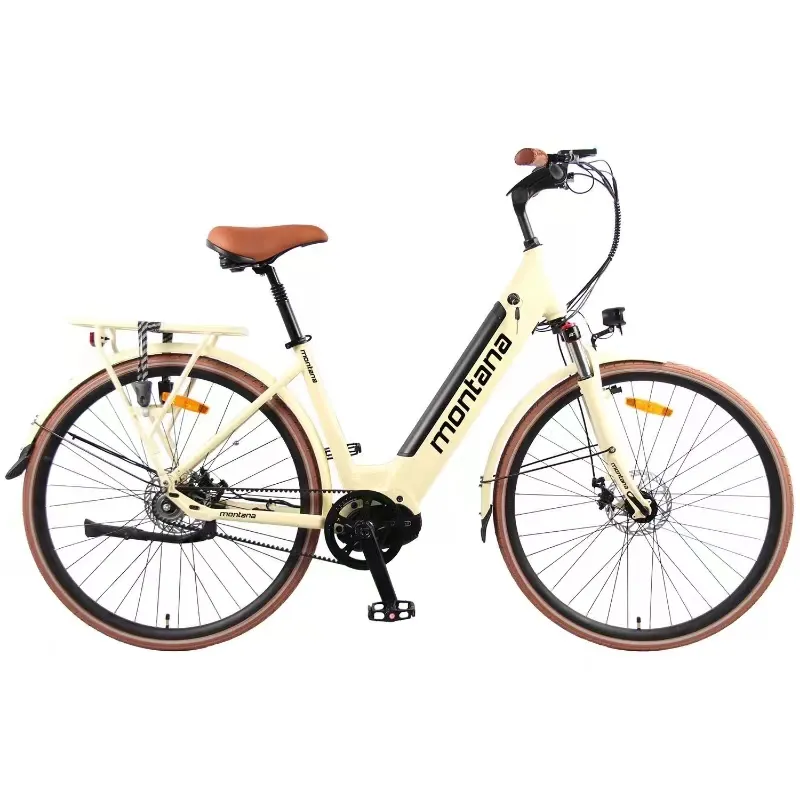
- Afrikaans
- Albanian
- Amharic
- Arabic
- Armenian
- Azerbaijani
- Basque
- Belarusian
- Bengali
- Bosnian
- Bulgarian
- Catalan
- Cebuano
- Corsican
- Croatian
- Czech
- Danish
- Dutch
- English
- Esperanto
- Estonian
- Finnish
- French
- Frisian
- Galician
- Georgian
- German
- Greek
- Gujarati
- Haitian Creole
- hausa
- hawaiian
- Hebrew
- Hindi
- Miao
- Hungarian
- Icelandic
- igbo
- Indonesian
- irish
- Italian
- Japanese
- Javanese
- Kannada
- kazakh
- Khmer
- Rwandese
- Korean
- Kurdish
- Kyrgyz
- Lao
- Latin
- Latvian
- Lithuanian
- Luxembourgish
- Macedonian
- Malgashi
- Malay
- Malayalam
- Maltese
- Maori
- Marathi
- Mongolian
- Myanmar
- Nepali
- Norwegian
- Norwegian
- Occitan
- Pashto
- Persian
- Polish
- Portuguese
- Punjabi
- Romanian
- Russian
- Samoan
- Scottish Gaelic
- Serbian
- Sesotho
- Shona
- Sindhi
- Sinhala
- Slovak
- Slovenian
- Somali
- Spanish
- Sundanese
- Swahili
- Swedish
- Tagalog
- Tajik
- Tamil
- Tatar
- Telugu
- Thai
- Turkish
- Turkmen
- Ukrainian
- Urdu
- Uighur
- Uzbek
- Vietnamese
- Welsh
- Bantu
- Yiddish
- Yoruba
- Zulu
Feb . 18, 2025 04:53 Back to list
mountain bike vs hybrid
When choosing the perfect bike to match your ‘on and off-the-road’ aspirations, the decision often narrows down to two prominent contenders the mountain bike and the hybrid bike. Each offers distinct features tailored to specific environments and rider needs, making this decision pivotal for ensuring that your biking ventures are both enjoyable and efficient.
As an authoritative voice in cycling, it's crucial to acknowledge how personal goals dictate the optimal choice. If your pursuit is rooted in tackling nature’s unpredictable landscapes, mountain bikes are unrivaled in their ability to traverse demanding trails securely. Alternatively, if your riding days predominantly consist of urban exploration with occasional jaunts into nature’s touch, the hybrid bike promises flexibility and comfort. For seasoned enthusiasts and beginners alike, testing both bike types under controlled conditions is advocated. This experiential approach educates the rider on the mechanical nuances and comfort levels of each bike, fostering informed decisions. Bikes should be tested for handlebar comfort, frame height suitability, and the ease of gear shifting and braking — attributes that can make significant differences during actual rides. In conclusion, the choice between a mountain bike and a hybrid bike fundamentally rests on knowing your specific needs and the usual environments you will frequent. As cycling becomes an integral part of modern lifestyle, achieving harmony between bike type and riding preference not only amplifies enjoyment but also enhances performance and overall satisfaction. By weighing factors such as terrain adaptability, maintenance commitment, and personal comfort, riders are equipped to make decisions grounded in experience and expertise. Investing in the right bike aligns closely with embodying reliability, as proven by authoritative recommendations within the cycling community.


As an authoritative voice in cycling, it's crucial to acknowledge how personal goals dictate the optimal choice. If your pursuit is rooted in tackling nature’s unpredictable landscapes, mountain bikes are unrivaled in their ability to traverse demanding trails securely. Alternatively, if your riding days predominantly consist of urban exploration with occasional jaunts into nature’s touch, the hybrid bike promises flexibility and comfort. For seasoned enthusiasts and beginners alike, testing both bike types under controlled conditions is advocated. This experiential approach educates the rider on the mechanical nuances and comfort levels of each bike, fostering informed decisions. Bikes should be tested for handlebar comfort, frame height suitability, and the ease of gear shifting and braking — attributes that can make significant differences during actual rides. In conclusion, the choice between a mountain bike and a hybrid bike fundamentally rests on knowing your specific needs and the usual environments you will frequent. As cycling becomes an integral part of modern lifestyle, achieving harmony between bike type and riding preference not only amplifies enjoyment but also enhances performance and overall satisfaction. By weighing factors such as terrain adaptability, maintenance commitment, and personal comfort, riders are equipped to make decisions grounded in experience and expertise. Investing in the right bike aligns closely with embodying reliability, as proven by authoritative recommendations within the cycling community.
Next:
Latest news
-
The Ultimate Kids' Four-Wheeler Experience
NewsJul.09,2025
-
The Ultimate Guide to Mountain Bikes: Gear Up for Your Ride
NewsJul.09,2025
-
The New Age of Cycling: Electric Bikes for Every Rider
NewsJul.09,2025
-
The Best Kids Bicycles: Ride in Style and Safety
NewsJul.09,2025
-
The Best 3-Wheel Scooters for Kids: Fun, Safety, and Adventure
NewsJul.09,2025
-
Revolutionize Your Ride: Affordable Electric Bikes
NewsJul.09,2025
-
Finding the Perfect Mountain Bike for Every Rider
NewsJul.09,2025



